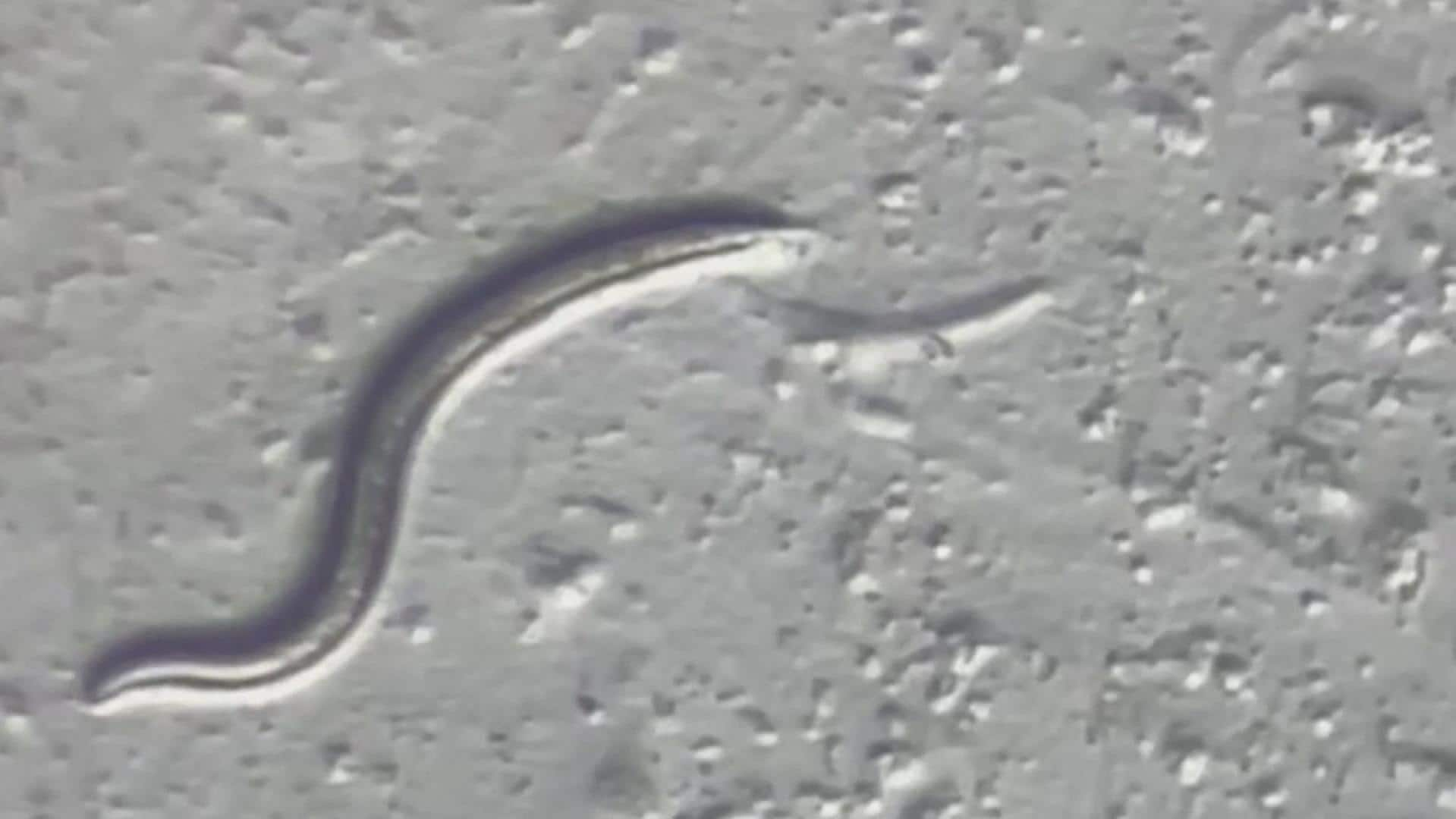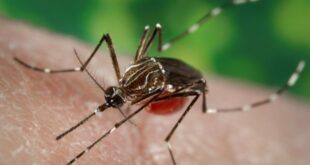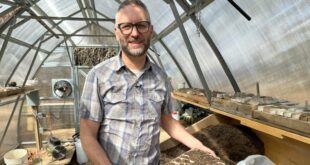The worms, which have already started reproducing, could hold clues for adapting to climate change.

Scientists in Russia were thawing a sample of Siberian permafrost, when they found something completely unexpected lurking inside — a pair of living roundworms.
The discovery became even more exciting when the team carbon dated the sample, and realized the permafrost — and the critters inside of it — were 46,000 years old, from an era known as the Pleistocene.
And one of them, it turns out, belongs to a previously unknown species.
“I was totally flabbergasted,” Teymuras Kurzchalia, a scientist who has studied the roundworms, told As It Happens guest host Aarti Pole.
Kurzchalia, a professor emeritus at the Max Planck Institute for Molecular Cell Biology and Genetics in Dresden, Germany, co-authored a study about the worms which was published last week in the journal PLOS Genetics.
Scientists say the findings could have implications for how we understand how certain species can survive in harsh conditions, and perhaps even give us hints about how to adapt to climate change.
But it also raises the question: What else is lurking beneath the Arctic ice?
Suspended animation
The roundworms, also known as nematodes, had been in a type of suspended animation, known as cryptobiosis, for 46 millenniums.
That all changed when Anastasia Shatilovich, of the Institute of Physicochemical and Biological Problems in Soil Science RAS in Russia, found them and thawed them out in 2018.
“I couldn’t believe my eyes,” Shatilovich said in an email.
Once awakened, the nematodes, both female, didn’t miss a beat. They immediately began reproducing asexually in the lab.
“The greatest joy and excitement was when I saw that Pleistocene females laid eggs and live young nematodes came out of the eggs,” Shatilovich said.
The original pair are now dead, but scientists have more than 1,000 of their descendants.

46,000-year-old worm comes back to life after thawing
When scientists revived two female roundworms that were frozen in the Siberian permafrost for 46,000 years, they immediately started reproducing. Philipp Schiffer, group leader at the Institute for Zoology at the University of Cologne, explains how this study could help humans adapt to climate change — and why we probably don’t need to fear this newly discovered species of nematode.
While other nematodes have been known to enter cryptobiosis for years — or, in some cases, decades — scientists have never before discovered ones that remained in that state for millenniums.
Bhagwati Gupta, who was not involved in the study, says there are bacteria and viruses that can live thousands of years, but the longest a nematode has been observed in dormant state is 39 years.
“This one breaks all the records,” Gupta, the associated dean of science at McMaster University in Hamilton, told CBC. “For a multicellular organism … this is remarkable.”
A newly discovered species
Researchers from the Max Planck Institute and the University of Cologne sequenced one of the nematodes’ genomes, and found that it belongs to a previously unknown species.
They named their discovery Panagrolaimus kolymaensis, for the Kolyma River region from which it originated.
The other nematode from the original pair is from the Plectus species, but the team hasn’t yet studied it extensively.

While Panagrolaimus kolymaensis is new to science, it appears to share a toolkit for survival quite similar to a much more common species of nematodes, known as Caenorhabditis elegans.
“C. elegans actually has been studied extensively in terms of its ability to survive harsh environments, desiccation or freezing,” Gupta said.
The key ingredient in this remarkable feat appears to be their ability to produce a type of sugar called trehalose, he said, which seems to enable them to withstand freezing and intense dehydration.
The newly discovered ancient nematode also produces trehalose at a biochemical level when mildly dehydrated in the lab.
The researchers found that mild dehydration prior to freezing enhanced its preparation for cryptobiosis, and increased survival at -80 C.
Sugar aside, Kurzchalia says there’s still a lot we don’t know about cryptobiosis.
“We don’t understand … how it’s possible to stop all these big metabolic things going — mitochondria working, DNA copying,” he said.
“Imagine that Toronto stops and nothing moves — taxis and everything, and nothing is moving — and then on one signal, it starts again. I mean, it’s a miracle.”
Co-author Philipp Schiffer, research group leader at the University of Cologne’s Institute of Zoology, says there’s a lot to learn from nematodes about adapting to a rapidly changing climate.
“Look outside. In Greece, everything is burning. Everything’s getting hotter and warmer. The whole Earth seems to be moving to a more extreme environment,” he said.
“By studying these species, comparing the genomes and see[ing] how they adapted to these extreme conditions, we can learn a lot about conservation biology.”
What else is out there?
Qing Yu, a nematode expert from the Ottawa Research and Development Centre, says the findings are fascinating — but he cautioned that they need to be reproduced before we can draw any major conclusions.
But of course, you can’t just put some nematodes in the freezer and check back in 46,000 years.
“Maybe we can send a team to the Arctic to do a similar study,” Yu told CBC.
Both Yu and Gupta strike a note of caution, noting that we don’t know what other life forms may be lurking beneath the Arctic ice.
“When the permafrost is thawing, you know, one could discover nematodes, [or] one could discover other kinds of, living matters,” Gupta said.
“They may be, you know, beneficial to humans. They may be harmful to humans. I guess that remains to be seen.”
With files from Reuters. Interview with Teymuras Kurzchalia produced by Morgan Passi
*****
Credit belongs to : www.cbc.ca
 Atin Ito First Filipino Community Newspaper in Ontario
Atin Ito First Filipino Community Newspaper in Ontario






